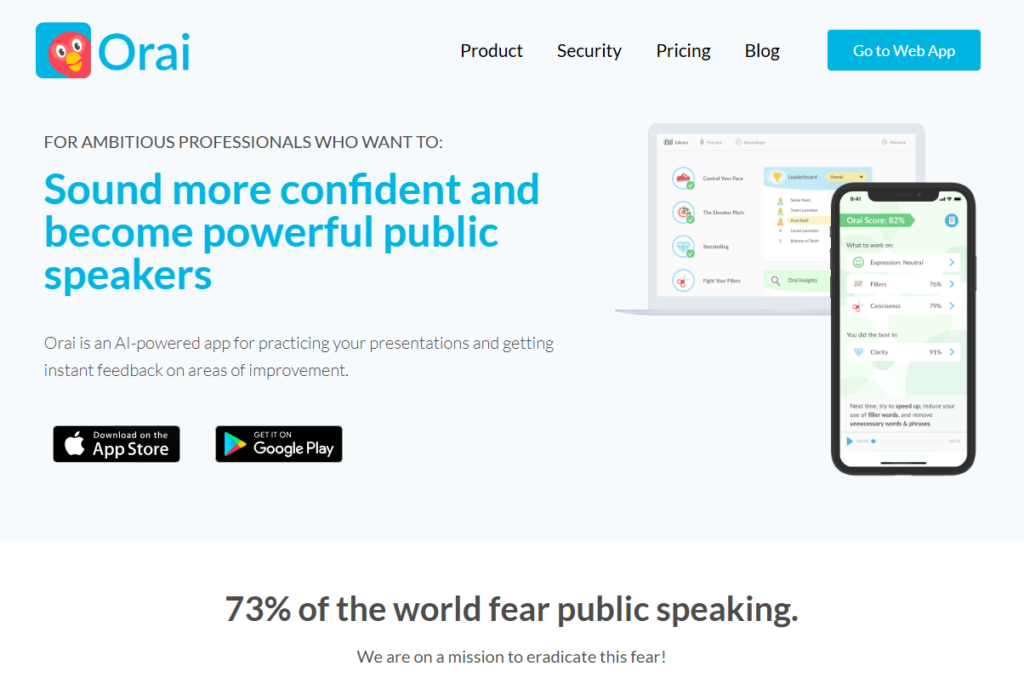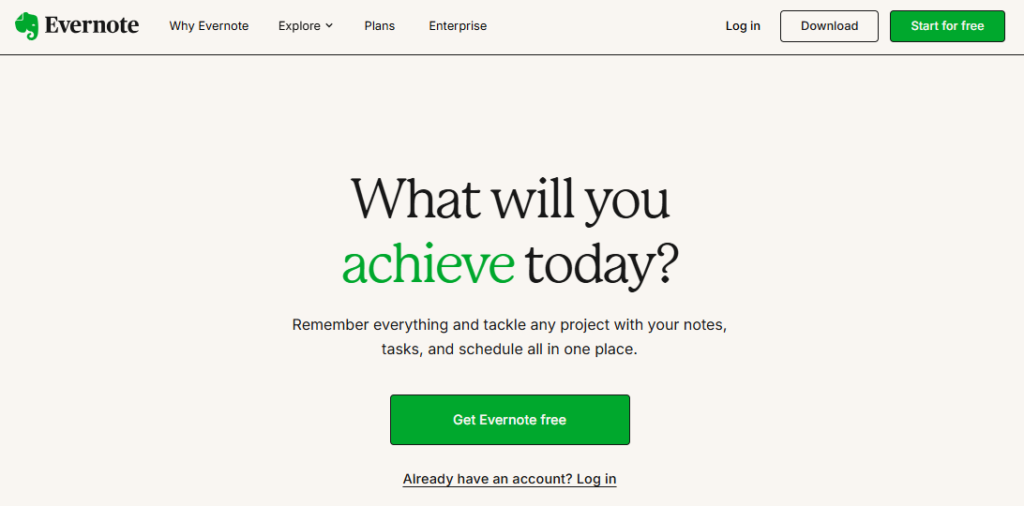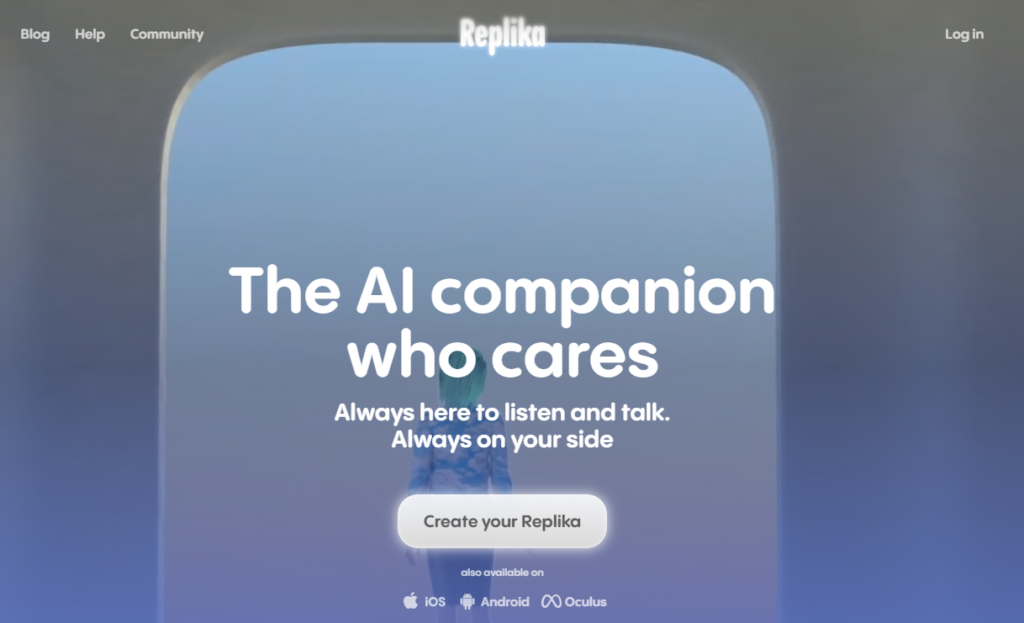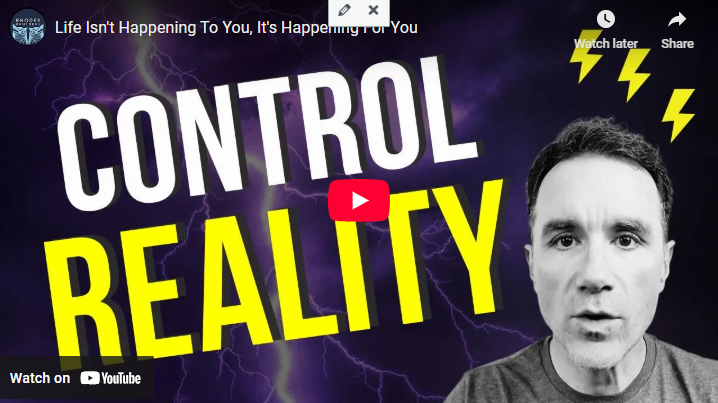For More Free Videos, Subscribe to the Rhodes Brothers YouTube Channel.
You’ve been there.
You’re having what seems like a normal conversation—maybe with a friend, a coworker, or even your partner. You ask a simple question, and you get an answer… but something feels off. It’s not what they said—it’s how they said it. Maybe it was their tone. Maybe it was the pause. Maybe it was the way they smiled, but it didn’t quite reach their eyes.
Here’s the wild part: they probably weren’t trying to lie to you.
They weren’t plotting, scheming, or trying to manipulate. They were just… reacting.
And that’s what this post is about.
“Most liars don’t lie on purpose,” says John S. Rhodes of the Rhodes Brothers YouTube Channel. “They deceive themselves first.”
This changes everything.
Because if people aren’t lying to hurt us, then we can stop getting angry—and start getting curious.
In this deep-dive, we’ll unpack:
- Why people lie even when they don’t mean to
- The emotional chain reaction behind deceptive answers
- How to spot lies without confrontation
- How to encourage truthfulness in any relationship
And how to use this understanding to your advantage—in sales, leadership, and life
We’ll also explore real tools, science-backed insights, and simple steps you can take starting today.
If you’ve ever wanted to become better at detecting lies, building trust, or just understanding people at a deeper level… you’re in the right place.
Let’s decode the truth behind the lies—together.
TL;DR
- People lie emotionally, not logically. Lies come from fear, anxiety, or confusion—not intention.
- Most deception is unintentional. It’s a reaction to pressure, not a premeditated plan.
- You can feel lies before you hear them. Your brain picks up subtle cues—tone, eye movement, timing.
- Your calmness influences honesty. People are more truthful around emotionally balanced individuals.
- Want more truth? Ask slower, be gentler, and create a safe space for real answers.
The Emotional Mechanics of a Lie
Let’s get one thing straight: most lies don’t come from a place of evil—they come from a place of emotion.
We tend to think lying is some kind of cold, calculated act. But more often than not, it’s a heat-of-the-moment reaction—something sparked by fear, pressure, or insecurity.
And that’s what makes it so tricky. Because if someone doesn’t even realize they’re lying, how can you call them out—or even trust what they’re saying?
Let’s break it down.
Lies Start in the Heart, Not the Head
Most people think lying is a mental choice—a decision to hide the truth. But Rhodes argues that lying is more often an emotional reflex triggered by fear, insecurity, or social pressure.
The Question Reaction Trap
When someone is asked a question, their first reaction isn’t to think—it’s to feel. That emotional jolt might be:
- Anxiety (“What if I say the wrong thing?”)
- Shame (“I don’t want to admit that.”)
- Fear (“Will they judge me?”)
Instead of taking time to reflect, many people blurt out a quick, emotionally-safe answer. And often, it’s not the truth.
“People get trapped by their own words, driven by emotion, not logic.” — John S. Rhodes
Step-by-Step Guide to Spotting Emotional Lies
Let’s be honest—nobody likes being lied to. But calling someone out directly? That usually backfires. People shut down, get defensive, or dig deeper into the lie.
The good news? You don’t need to be confrontational to spot dishonesty.
In fact, some of the best lie detectors don’t accuse—they observe. They pay attention to the emotional energy behind the words, not just the words themselves.
Here’s how you can do the same.
How to Recognize When You’re Being Lied To (Without Calling It Out)
Let’s face it—calling someone a liar rarely ends well. But what if you could sense deception without ever needing to confront it directly?
The key is to approach interactions with emotional awareness, not accusations. Most lies are emotional, not logical—so your best tool is to become more emotionally tuned in.
Here’s a step-by-step guide to help you spot emotional lies and create the kind of conversation where the truth is more likely to show up.
Step 1: Trust the Vibe
Your brain is wired to detect danger—and dishonesty. Even if you can’t explain it, your subconscious picks up on micro-expressions, voice tone, pupil dilation, posture, and even breathing changes.
If something feels “off,” it probably is.
Tools to help you sharpen your instincts:

- Orai App – Helps train your ear for tone, pacing, and emotional delivery.
- Humintell Microexpression Training – Learn to recognize subtle facial expressions linked to truth or deception.
Pro Tip: Keep a journal to record moments when something felt “off.” Over time, you’ll notice patterns and sharpen your natural BS radar.
Step 2: Slow Down the Conversation
Fast-paced conversations often trigger emotional defenses. When someone feels cornered, they’ll default to what feels safe—even if that means bending the truth.
Instead, try this:
- Pause after asking a question.
- Speak in a calm, non-threatening tone.
- Let silence do the heavy lifting.
People often fill silence with what they’re really thinking, especially when you give them the space to do so.
Tools to slow things down:

- PromptSmart – A teleprompter app that adjusts to your pace, great for practicing calm speech.
- Breathwrk – Helps regulate your breath and tone before important conversations.
Pro Tip: Ask fewer questions, but make them meaningful. Quality over quantity creates space for honesty.
Step 3: Look for Inconsistencies
People who lie emotionally often don’t realize they’re doing it—so they may not keep their story straight.
Watch for:
- Small changes in details
- Tone that doesn’t match the content (“I’m fine” said flatly = not fine)
- Jumpiness or defensiveness after simple questions
Tools to help you track and observe:

- Notion or Evernote – Jot down key details from conversations for later reference.
- Otter.ai – Voice recorder and transcriber to review what was actually said.
Pro Tip: Don’t assume every inconsistency is a lie. Look for patterns over time.
Step 4: Create Emotional Safety
People are more likely to be honest when they feel safe, unjudged, and heard.
This is your superpower.
As John S. Rhodes puts it: “When your mind is calm, the other person’s mind can calm too.”
That calmness gives others permission to drop their guard and speak freely.
Ways to create safety:
- Keep your body language open (uncrossed arms, steady eye contact)
- Use validating language (“I understand,” “That makes sense”)
- Avoid interrupting or reacting strongly
Tools to help you hold space:

- Headspace or Calm – Meditation apps to help you stay mentally still.
- Replika AI – Practice emotionally safe conversations and responses.
Pro Tip: Think of yourself as the thermostat in the room. The more emotionally grounded you are, the more comfortable others feel being real with you.
Actionable Strategies for Different People
Understanding emotional lies is one thing—but applying that awareness in real life is where the real magic happens. Depending on where you are in life—and who you’re talking to—your strategies might look a little different. Here’s how to approach truth-telling and lie-spotting in everyday conversations, relationships, and professional settings.
For beginners navigating everyday conversations, the goal is to stay aware without getting overwhelmed. Start by asking open-ended questions instead of yes-or-no ones—this encourages people to share more freely and honestly. As they speak, pay close attention to body language. Folded arms, forced smiles, or avoiding eye contact can all be subtle signs that someone’s not being entirely truthful. Most importantly, stay present. Don’t rush to respond or fill every silence. Give the moment space to breathe, and people are more likely to open up.
If you’re a millennial building relationships or expanding your network, empathy is your secret weapon. Show genuine curiosity about the other person’s experience—not to get something out of it, but to build connection. In a world of fast-paced communication, be different: avoid rapid-fire texting or back-to-back messages. Give people a moment to think and respond. That small pause creates emotional space—and that space often makes room for honesty.
For professionals in sales, leadership, or client-facing roles, your energy sets the tone. If you want truth and transparency, you have to model calm confidence. The way you speak, sit, and even breathe influences the emotional safety of the conversation. Mirror calm energy and your clients or team will likely follow your lead. And don’t underestimate the power of silence. When used intentionally, a few seconds of quiet after a question can gently nudge the other person toward a more honest response.
No matter your background or role, emotional awareness is the foundation of clear, honest communication. Tailor your approach to the moment, and you’ll be amazed at how quickly truth finds its way to the surface.
Common Mistakes to Avoid When Dealing with Emotional Lies
Being able to spot a lie is powerful—but knowing how to handle it is even more important. Many people sabotage trust and connection not by missing a lie, but by reacting to it the wrong way.
Here are three common mistakes people make when navigating emotional dishonesty—and how to handle them with insight, empathy, and clarity.
Mistake #1: Assuming All Lies Are Malicious
One of the most damaging assumptions is that if someone lied, they must be trying to hurt you or manipulate the situation. But in reality, most lies are self-protective, not aggressive. They’re emotional reflexes—born out of fear, shame, insecurity, or a desire to avoid conflict.
For example, someone might lie about why they were late—not because they don’t respect your time, but because they’re embarrassed or afraid you’ll be disappointed.
Fix: Shift your mindset. Instead of thinking, “They lied to me,” try asking yourself, “What are they trying to protect?”
This doesn’t excuse dishonesty, but it helps you respond with curiosity instead of judgment—which opens the door to real conversation and trust-building.
Mistake #2: Getting Confrontational Too Quickly
Confronting someone with “You’re lying” is like hitting the emergency brakes in a relationship—it stops everything. Walls go up. Defenses activate. Even if you’re right, you’re unlikely to get the truth.
Why? Because confrontation triggers emotional resistance, not reflection.
Fix: Use gentle language that invites dialogue instead of shutting it down. Phrases like:
- “That doesn’t quite add up—can we talk through it?”
- “I’m sensing something’s off. Is there more to the story?”
- “Help me understand this better.”
These phrases create psychological safety, which is essential when navigating emotional dishonesty. Remember: your goal is clarity, not victory.
Mistake #3: Ignoring Your Instincts
We’ve all felt it—that subtle gut feeling that something isn’t right. But many people dismiss it as paranoia or overthinking.
The truth? Your instincts are often accurate—but they need context. They’re not proof, but they are signals worth paying attention to.
Fix: Treat your gut as a guide, not a gavel. If something feels off, don’t jump to conclusions—but don’t ignore it either. Instead, pause. Observe. Ask better questions. Look for patterns. Over time, you’ll learn to distinguish between emotional noise and intuitive wisdom.
Frequently Asked Questions (FAQs)
How do I get started spotting emotional lies in everyday conversations?
Start with self-awareness. Pay attention to how people respond emotionally to questions—watch for hesitation, deflection, or discomfort. Then, practice asking open-ended questions and allowing silence. The goal isn’t to catch someone in a lie but to create space for truth to emerge.
Is it wrong to confront someone if I know they’re lying?
It depends on the situation. If the lie is harmless or emotionally driven, confrontation may cause more harm than good. Instead, express curiosity: “Can you help me understand that better?” creates a more productive path than “You’re lying.”
What causes emotional lying?
Emotional lies are often triggered by fear, shame, insecurity, or social pressure. People may lie to protect themselves, avoid rejection, or appear more competent. These are reflexive, not always intentional.
What’s the best way to encourage honesty in a relationship?
Create emotional safety. Be non-judgmental, calm, and open-minded. When people feel safe, they’re far more likely to tell the truth—even when it’s uncomfortable. Your energy sets the tone.
Can I train myself to be better at detecting lies?
Yes. You can improve by studying body language, micro-expressions, vocal tone, and emotional cues. Practice in low-stakes conversations. Tools like the Humintell microexpression courses or books like What Every Body Is Saying by Joe Navarro are great starting points.
What are the signs that someone is emotionally uncomfortable while speaking?
Look for:
- Sudden changes in tone or pace
- Contradictions between words and body language
- Nervous laughter or over-explaining
- Avoiding eye contact or fidgeting
These don’t always mean someone is lying, but they suggest emotional tension.
How do I stay calm when I suspect someone is lying to me?
Breathe deeply, stay grounded, and shift your focus from judgment to curiosity. Remind yourself that most lies are emotional, not malicious. This mindset helps you stay calm and in control.
Is it possible to lie without realizing it?
Absolutely. Many people deceive themselves before they deceive others. Emotional lying often happens so quickly—especially under stress—that the person may not realize they’re being dishonest in the moment.
How can I practice emotional awareness?
Start by reflecting on your own emotional responses. Journaling, breathwork, and mindfulness meditation help build self-awareness, which is essential for recognizing emotional patterns in others.
What role does body language play in spotting lies?
Body language is a critical part of detecting emotional dishonesty. Incongruence between words and gestures can signal discomfort or deception. For example, someone saying “I’m fine” while shaking their head or crossing their arms may be masking the truth.
The Truth Beneath the Surface
The truth isn’t always in what people say—it’s in how they feel when they say it. Emotional lies aren’t just about deception—they’re about protection, fear, and human complexity.
By learning to recognize emotional cues, ask better questions, and respond with empathy, you can create conversations where honesty naturally surfaces.
Here’s a quick recap of what you can start doing today:
- Trust your instincts—but don’t jump to conclusions.
- Slow down conversations to reduce emotional pressure.
- Observe inconsistencies gently and patiently.
- Create emotional safety by staying calm and open.
Get started today by practicing presence in your next conversation. Ask one open-ended question, pause, and truly listen. That alone can change everything.
Thank you for joining us and checking out this article. For more insights into human behavior, emotional intelligence, and honest communication, be sure to view and subscribe to the Rhodes Brothers YouTube Channel. Their videos offer practical tools to help you build stronger, more authentic connections.
Resource List
Books
- What Every Body Is Saying by Joe Navarro
- Louder Than Words by Joe Navarro
- The Like Switch by Jack Schafer
- Talking to Strangers by Malcolm Gladwell
- Never Split the Difference by Chris Voss
- The Body Keeps the Score by Bessel van der Kolk
- Emotional Intelligence by Daniel Goleman
- Spy the Lie by Philip Houston
- Difficult Conversations by Douglas Stone, Bruce Patton, and Sheila Heen
- Radical Candor by Kim Scott
Podcasts
Tools and Apps
- Humintell – Body language and microexpression training
- Orai – Practice tone, pacing, and delivery
- Breathwrk – Breath control for emotional regulation
- PromptSmart – Practice slowing down your speech
- Notion / Evernote – Journaling and pattern tracking
- Replika – AI-powered empathy and conversation simulator
- Otter.ai – Record and transcribe conversations for review
- Headspace / Calm – Meditation and mental clarity



